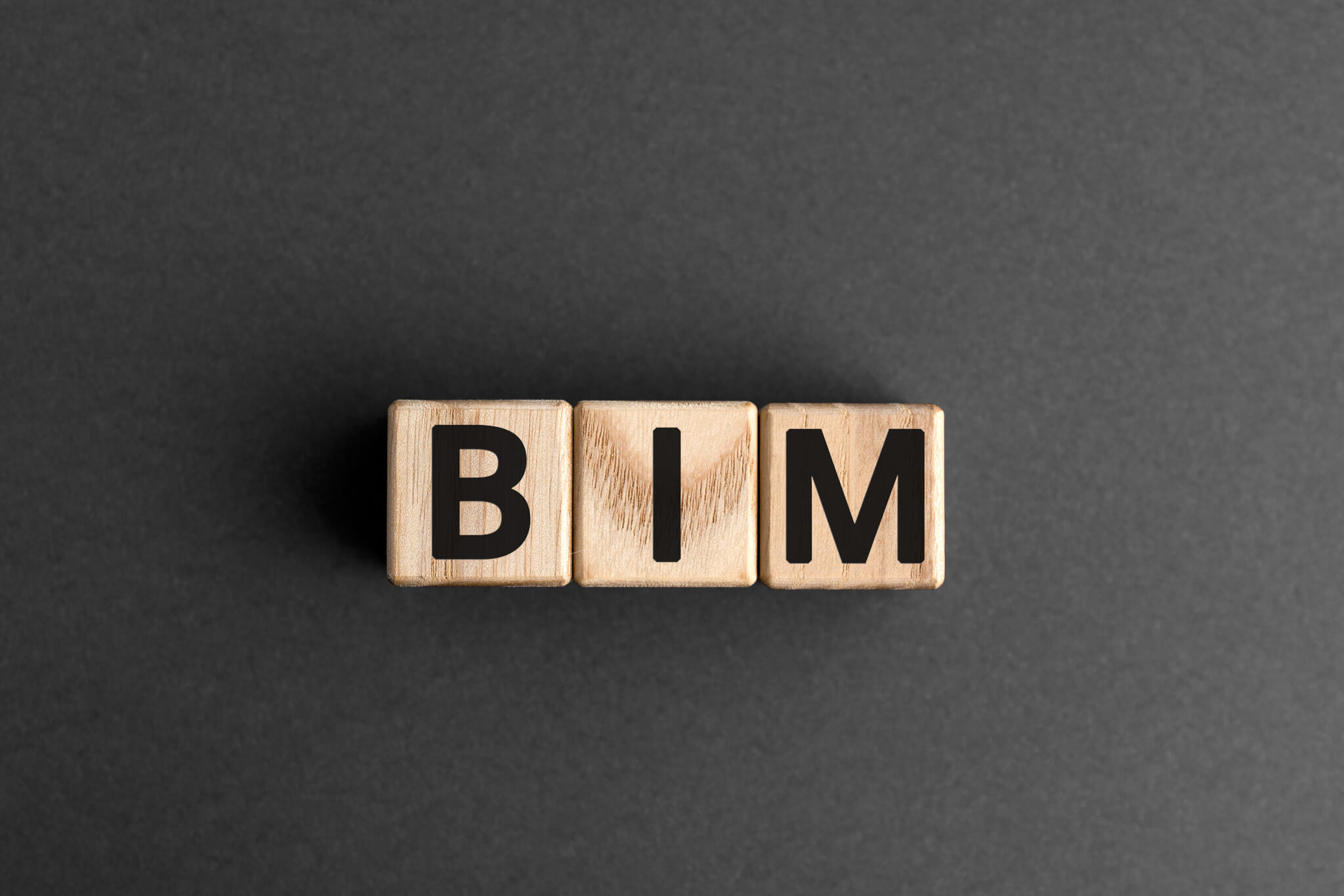August 8, 2023
Building Information Modeling (BIM) is revolutionizing the construction industry. This technology allows users to realize improvements in several core areas that make the project fluid. BIM adds value at every stage, with something for every build, regardless of the complexity. Part of understanding if BIM is right for you, is understanding the capabilities and features that comprise the technology. No two organizations are the same meaning the solutions and usages will also be different.
The top-of-mind, surface-level areas of BIM always get mentions and coverage. The 2D and 3D visualizations and design modeling are the most prominent features most users mention when discussing BIM. These two are incredible, but there are so many others that warrant a conversation. What follows is an overview of some of the other powerful features and capabilities you’ll find when using BIM.
Interoperability
Interoperability is a big word, but when you break it down in terms of BIM usage, it’s actually quite simple. Interoperability means having interfaces that are understood and capable of communicating with other formats without changing either format structure. Interoperability is a necessary component of any BIM solution because if you were to make wholesale changes to either format, it would be expensive. As such, the interoperability you’ll find when using BIM allows your organization to continue working seamlessly without the disruptions that come with restructuring formats.
Document Management
While document management is a necessary component of any business, it’s often overlooked in BIM. In the world of construction, sound document management is a critical part of your success. Overlooking details can result in extreme costs or losses, which is why so much attention is given to this area. With BIM, document management is fluid. BIM allows you to sort data and documents, and you can access them anytime and anywhere through the cloud-based source. This dynamic reduces the risks of making a crucial mistake, improves efficiency, and, most of all, leads to the delivery of a quality product.
Project Management
Effective project management is an essential part of any successful construction project. With BIM, you’ll find next-level project management features. Several areas of your project management silo increase when you use BIM. Communication and collaboration improve because users can review the same data in real-time. This capability prompts conversations before any roadblocks occur, not after, which usually leads to costs. BIM also helps maintain timeline and budget integrity. Everyone can see if a project is falling behind in any area with BIM. The same holds true for budgeting. If a project is over budget or nearing capacity, all parties are made aware and prompted to make any necessary adjustments.
Clash and Conflict Management
While BIM allows unprecedented project management and transparency, having too many cooks in the proverbial kitchen can be risky. While everyone comes to a project looking for success, everyone also brings a different mindset. These differing mindsets can lead to costly mistakes and confusion if not adequately addressed. There’s no need to worry as BIM addresses this concern through conflict and clash management features. Clashes are broken down into three categories: soft, hard, and workflow. When a conflict in any of these areas arises, users receive a notification to resolve it before moving forward.
Conclusion
You’ll find so many powerful capabilities and features when using BIM. The visualization and design modeling components always get the so-called headlines, but there’s so much more to this powerful tool. If the time has come for your organization to begin using BIM technology, thoroughly vet your needs and begin your journey. Most importantly, use your solution to the fullest as there are many core areas BIM impacts. Leveraging the full potential of BIM will drastically improve your business and position it for success in the present and in the years to come.
Want to learn more about AIA Contract Documents Digital Practice Documents? Read Introducing AIA Contract Documents’ BIM Documents.
AIA Contract Documents has provided this article for general informational purposes only. The information provided is not legal opinion or legal advice and does not create an attorney-client relationship of any kind. This article is also not intended to provide guidance as to how project parties should interpret their specific contracts or resolve contract disputes, as those decisions will need to be made in consultation with legal counsel, insurance counsel, and other professionals, and based upon a multitude of factors. Any language quoting from AIA Contract Documents that have not yet been released is subject to change before final publication.

